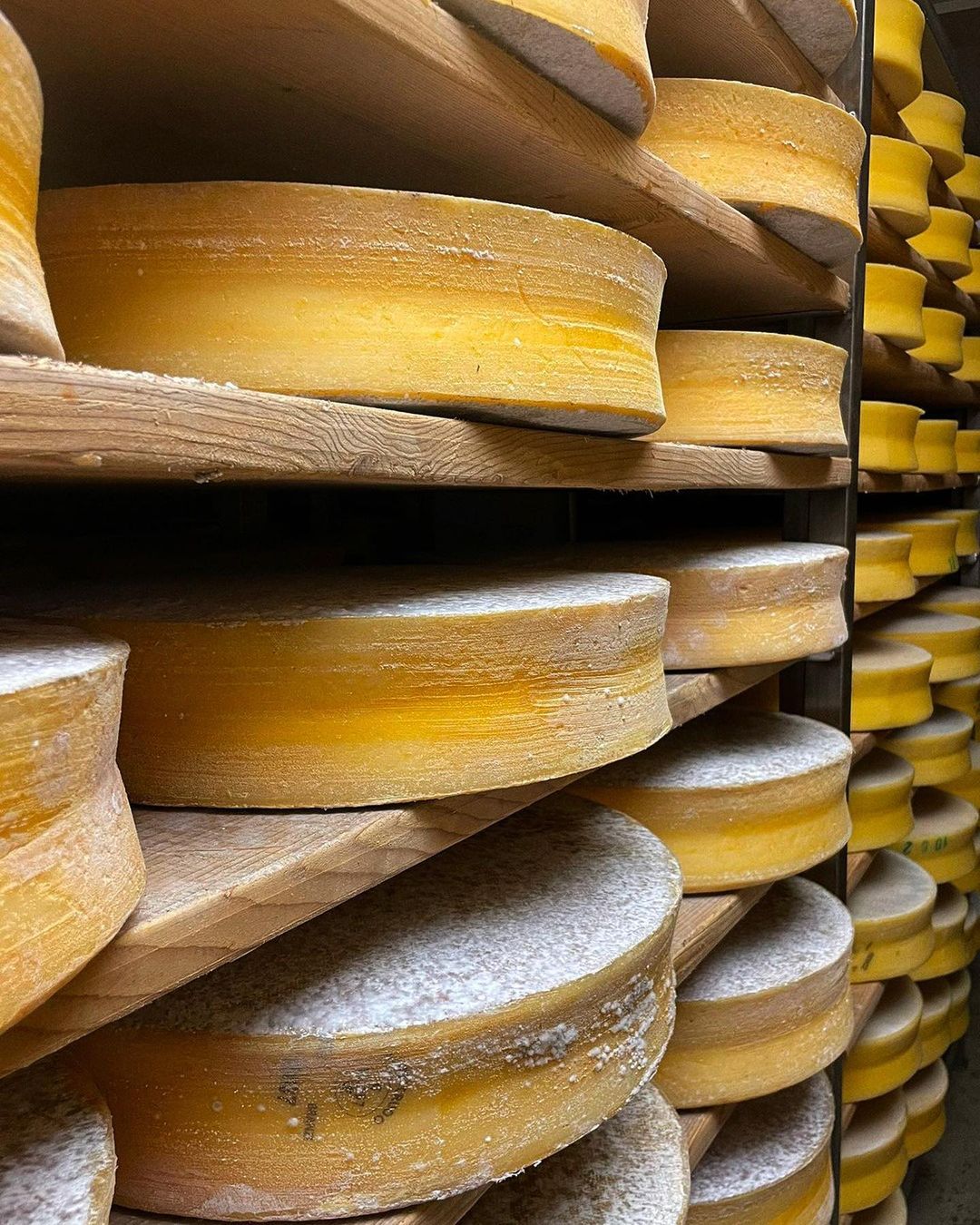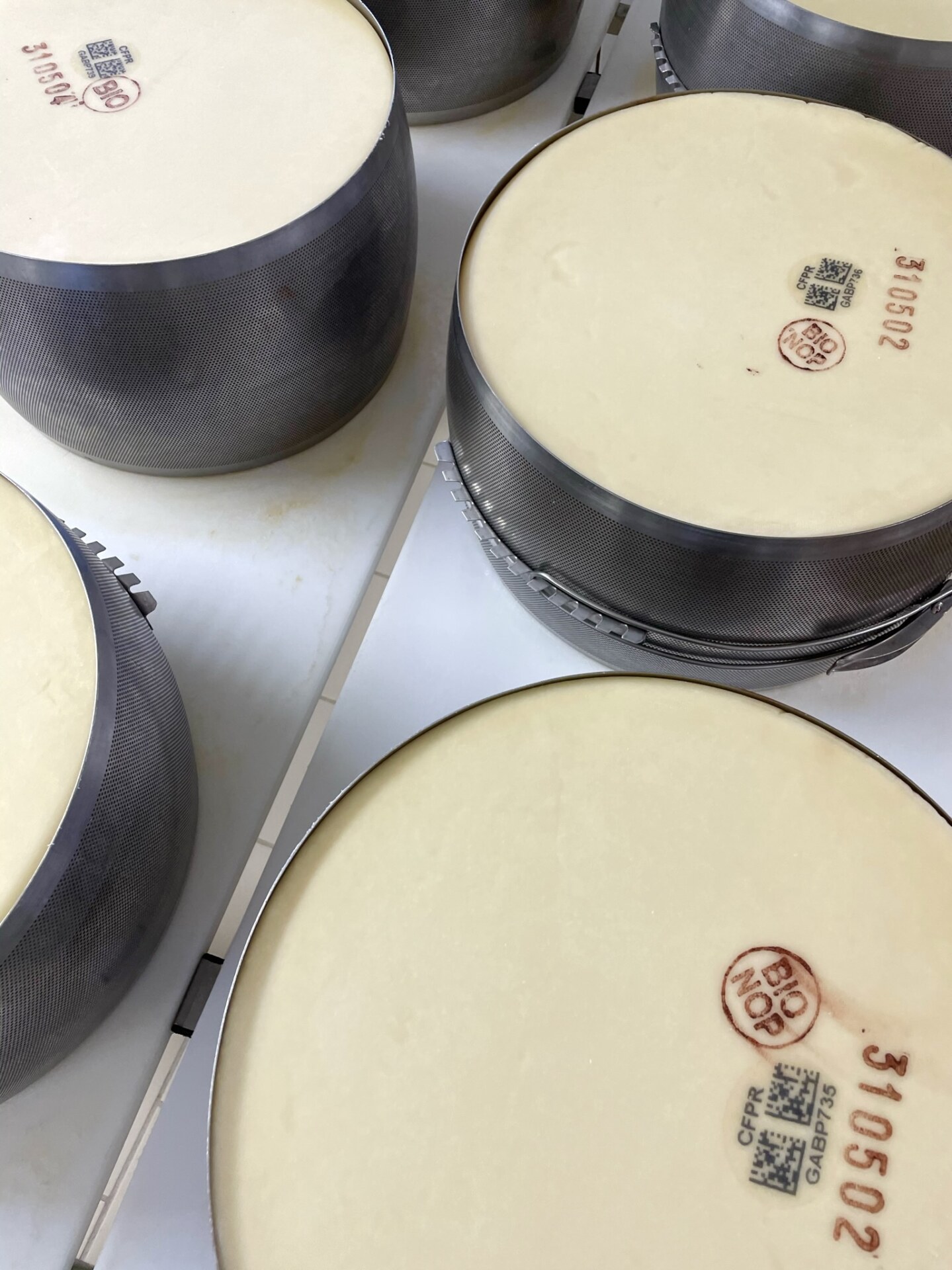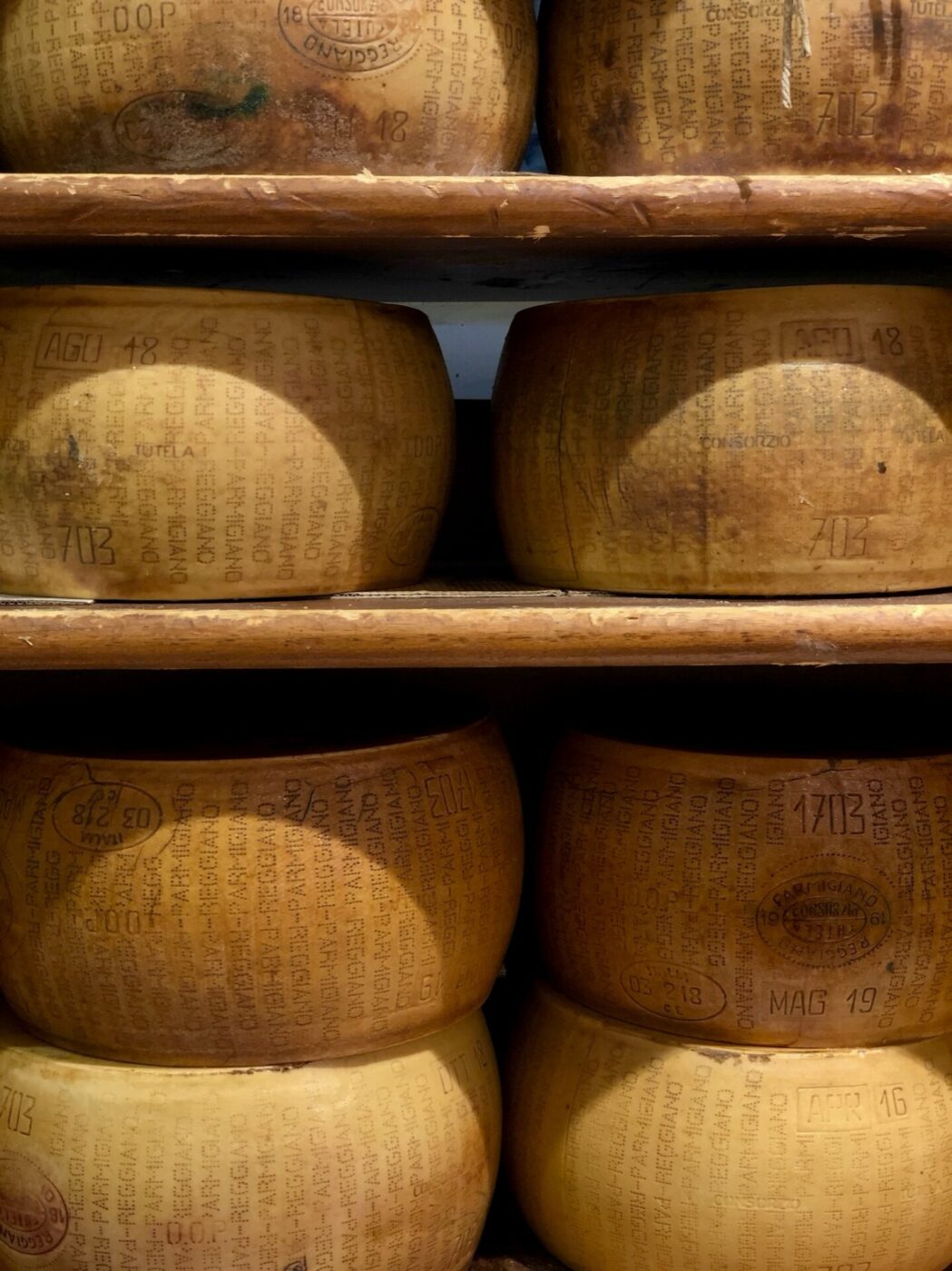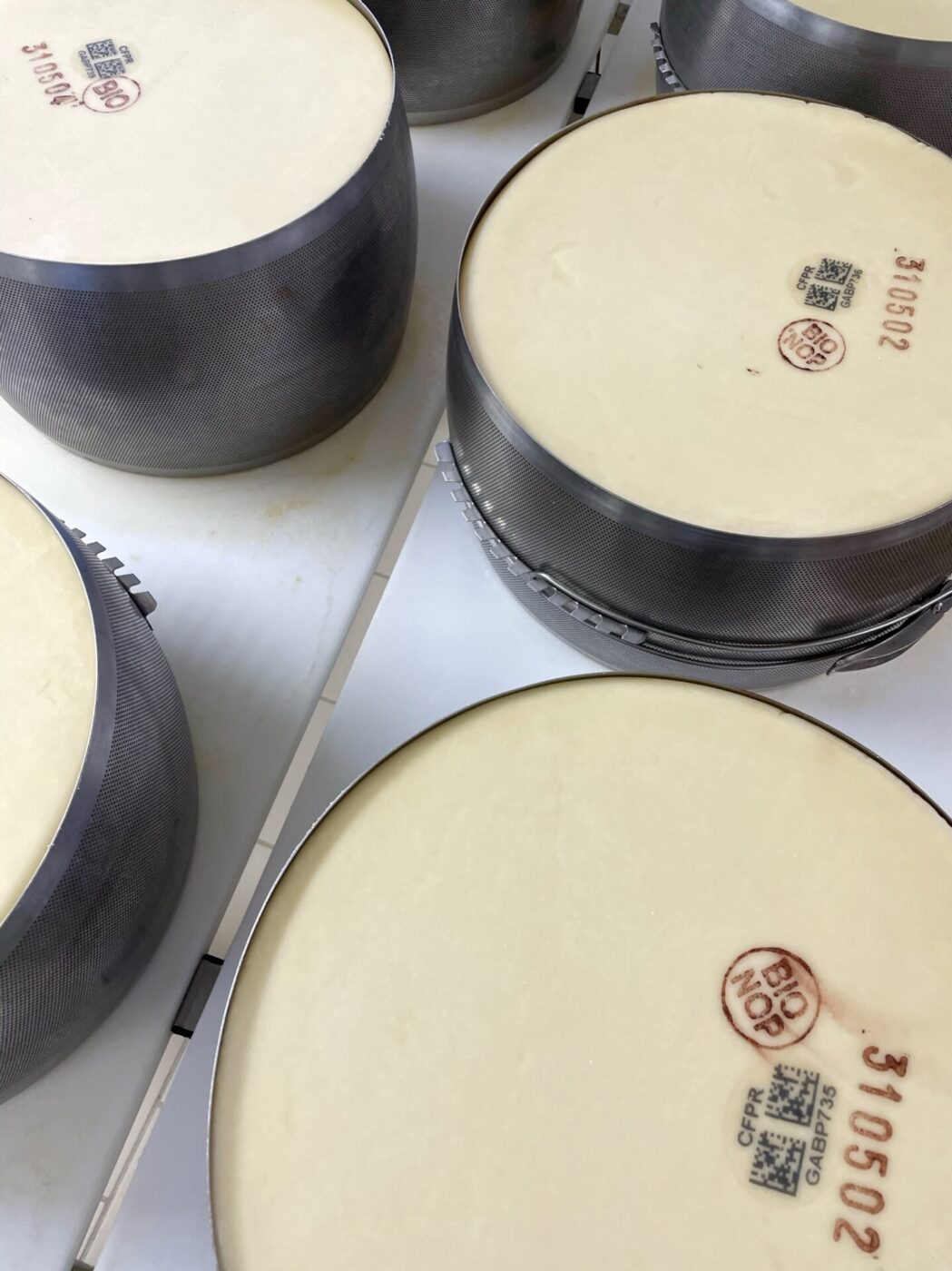Literally translated, this ancient Lombardian proverb translates to “the mouth isn’t tired if it doesn’t taste like a cow,” though it means something more along the lines of: a meal isn’t satisfying, or can’t be finished, without cheese.
The rhyme dates back to a time, centuries ago, when it was believed that cheese sealed the stomach and aided in digestion. While it’s obviously no longer regarded as “sound medical advice” (unfortunately), the motto endures, and nowhere is it more true than in Bergamo, “Europe’s Cheese Capital” and UNESCO Creative City for Gastronomy as of 2019. The northern province is home to nine cheese varieties with Protected Designation of Origin (PDO/DOP) status, more than any other area of Italy: Bitto, Formai de Mut, Grana Padano, Gorgonzola, Provolone Valpadana, Quartirolo Lombardo, Salva Cremasco, Strachítunt, and Taleggio.
Situated about 50 km northeast of Milan, Bergamo has a rich and varied landscape, from the flat Po Valley in the south to Lake Iseo in the east to the Orobie Alps in the north. It’s in this rolling mountain landscape in the north where you can find Bergamo’s “Cheese Valleys” and a long tradition of alpeggio, or “mountain pasture”. Hike around this part of Bergamo and you’ll find luscious grasses and a broad diversity of wild flowers–both of which contribute to better dairy–and hear the sound of cowbells from the cattle grazing on the hillside. But these breathtaking natural resources are not the only reason why Bergamo has nine DOP cheeses to its name; it’s also centuries of tradition and the continued passion of dairy farmers that make this area a top destination for all things cheese.
Here, a quick guide to Bergamo’s cheeses and the best itinerary for cheese lovers; rest assured that a trip to any of these places will culminate in a mouth that tastes like cow (in the best way possible).
Bitto DOP
One of the oldest and most characteristic cheeses of the area, this semi-hard cheese is made from fresh cow’s milk and a small amount of goat’s milk. It has a minimum aging period of 70 days and it’s said that, if aged properly, Bitto can last longer than 10 years.
Grana Padano DOP
One of the world’s best-selling DOP cheeses, Grana Padano is the only cheese that is allowed to have “grana” in its title. Named for its granular texture and for where it’s produced in the Valle Padana, or Po River Valley, this hard cow’s milk cheese is a staple in most northern Italian homes. It has a nutty and subtly salty flavor, and requires a long aging period of at least nine months (though premium varieties can be aged for up to 24 months or more). Grana Padano, especially abroad, is often used as an alternative to the pricier Parmigiano Reggiano, though it is slightly creamier than its Emilia-Romagnan counterpart.
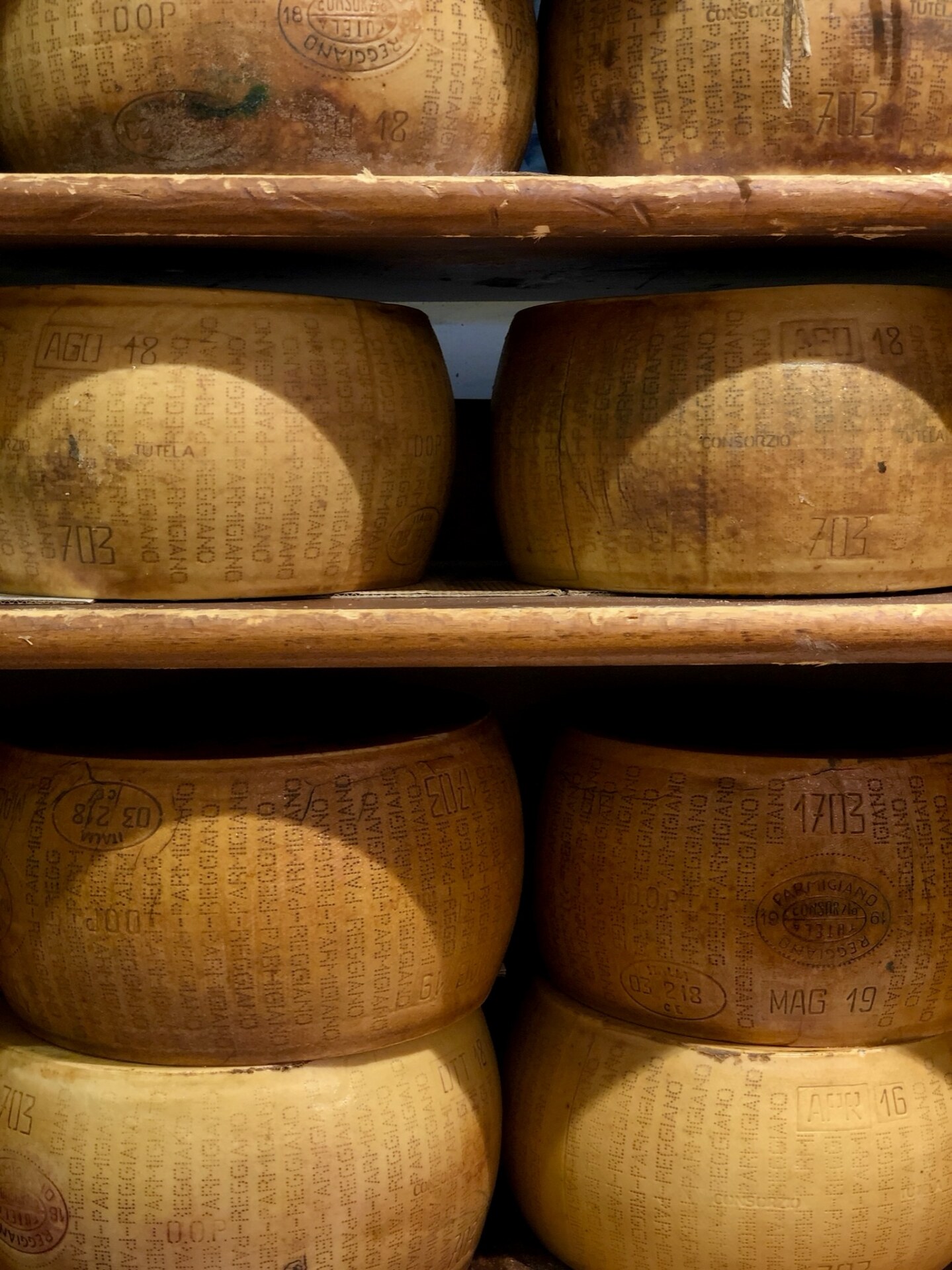
Formai de Mut dell’Alta Valle Brembana
A semi-cooked, hard cow’s milk cheese, Formai de Mut has a firm and slightly crumbly texture. Aged for a minimum of 90 days, the cheese has a rich and robust flavor, characterized by nutty and earthy notes, and can be grated or sliced.
Provolone Valpadana DOP
Provolone Valpadana was born around the second half of the 19th century; the process of pasta filata, or “spun paste”, came to the north from the south at the same time the Po River Valley was established as an agricultural center. It’s a semi-hard, stretched curd cheese that comes in various shapes and in two main varieties: Provolone Valpadana Dolce and Provolone Valpadana Piccante.
Quartirolo Lombardo DOP
Quartirolo Lombardo is so named because the cows are fed on the “quartirola grass”, or the “fourth grass”, that had grown after the third cut of hay at the end of the summer and the beginning of autumn. This soft cheese comes in two varieties, fresh and mature, and its flavor moves from mildly acidic to more aromatic with age.
Salva Cremasco DOP
The name of this cheese derives from the Italian “salvare”, meaning “to save”, because the production of Salva Cremasco was originally a way to save surplus milk from spoiling. Soft near the outer edges and crumbly in the center, Salva Cremasco is a white cow’s milk cheese that’s mild and beautifully fragrant with a mushroomy, hazelnutty flavor.
Strachítunt DOP
Unlike other blue cheeses, Strachítunt gets its greenish marbling from natural molds, which develop thanks to the ancient “two curds” technique, a process that leaves tiny gaps for mold to thrive in. The sides of the cheese are also punctured to boost mold development, giving Strachítunt its distinctive look and taste.
Taleggio DOP
Last but not least, my personal favorite, Taleggio. This mild and creamy soft cheese, known for a slightly fruity tang, has been around since the 10th-11th century as a trading commodity. Back then it was known as another “Stracchino”, but it’s since been renamed after the valley in which it originates.
Gorgonzola DOP
Characterized by its distinctive blue veins, Gorgonzola, which is believed to date back to the 9th century, is probably the most famous Italian blue cheese. This cow’s milk cheese is made with added milk enzymes and selected molds, and comes in two types: Gorgonzola Dolce and Gorgonzola Piccante. The former is milder and creamy, while the latter boasts a stronger flavor and firmer texture thanks to a longer aging time.
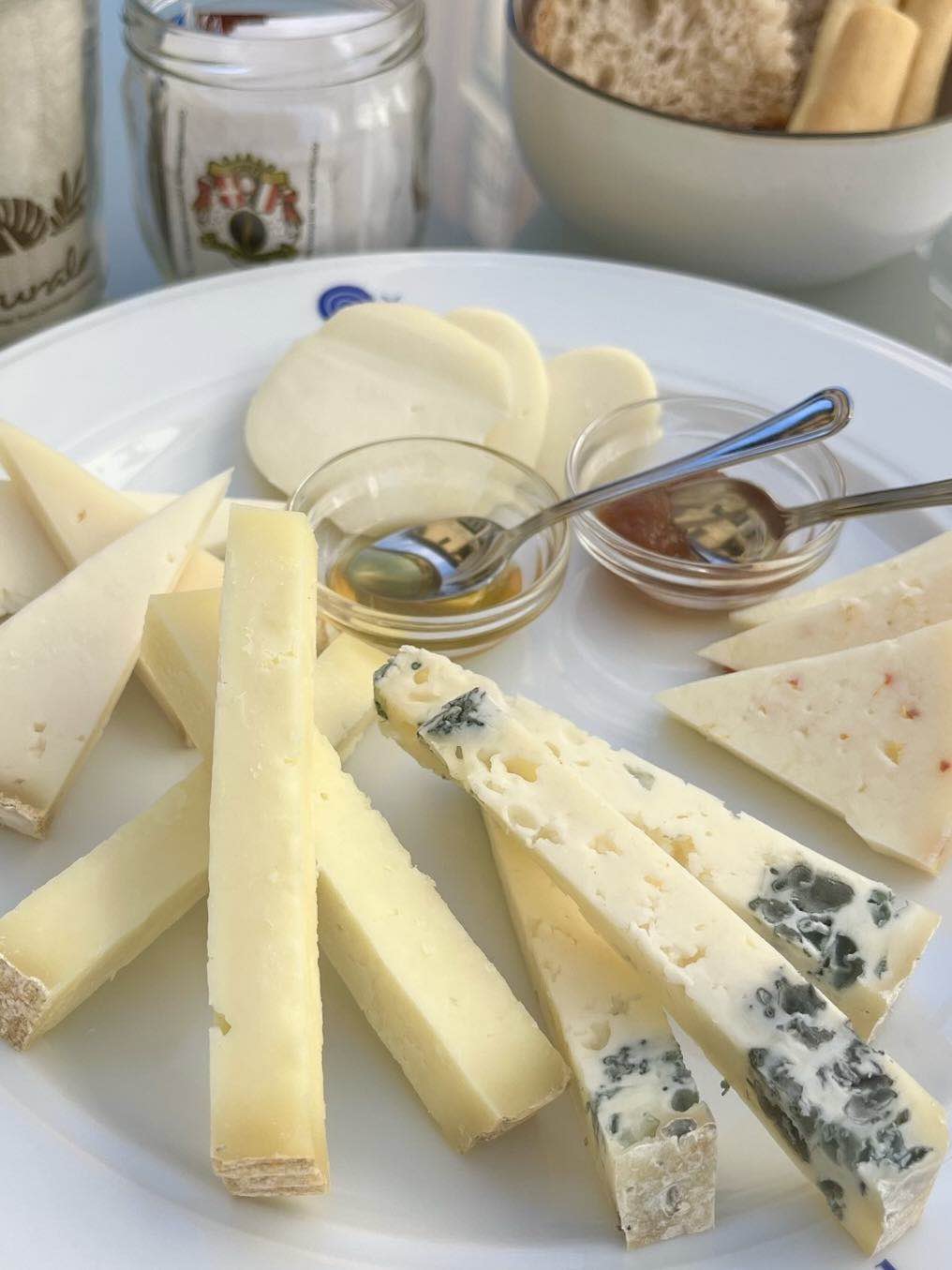
THREE DAYS IN BERGAMO’S CHEESE VALLEYS
DAY 1: Let’s start in the city. The best time to visit Bergamo is in October, when you can take a ride on the charming funicular railway to the city’s historic Città Alta for the annual cheese festival Progetto Forme. Held over three days, Progetto Forme comprises exhibitions, special tasting events, and a weekend-long market in Piazza Vecchia where you can meet the local craftspeople and buy their produce. Our next stop is in Città Bassa, the lower and newer part of Bergamo city, at BÙ Cheese Bar, tucked away on Via Monte San Michele. Opened in 2015, BÙ is a contemporary bar committed to local traditions. Here you’ll find boards of locally sourced cheeses to share, organic wines, and signature cocktails with cheese infusions.
DAY 2: The next day calls for a trip out of the city to the Cheese Valleys. Head north through the Brembana Valley, past the world famous San Pellegrino, to Branzi. This picturesque village is a haven for cheese lovers and shares its name with one of the oldest and most typical cheeses in the area. Lunch at Farmhouse Alle Baite Branzi is a can’t miss for simple yet hearty mountain cuisine; order a dish of the superlative Polenta Taragna, polenta with Branzi cheese melted in it. Before heading home, stop at the local dairy shop, Latteria di Branzi, where you can find every kind of Bergamasco cheese, as well as fantastic, fresh yogurts.
DAY 3: Hit two more Cheese Valleys by driving northeast from Bergamo. Take the scenic route through the Seriana Valley to Scalve Valley, which traverses the mountain pass road and ski resort of Presolana. There are plenty of cafés and restaurants for a bite in these valleys, but three of the best are Taverna di Arlecchino (don’t miss the gnocchi with Strachítunt); Ristorobie, a place for typical mountain cuisine that makes great use of foraged ingredients; and Trattoria delle Miniere, where Lorenzo has a knack for sourcing spectacular local products. Head to Latteria Sociale Montana di Scalve in Vilminore di Scalve to find a huge selection of fresh and aged cheeses, yogurts, and puddings all made using only milk from the valley.
After a couple of days in these stunning valleys, you’ll understand exactly why Bergamo holds the crown as the European capital of cheese.
